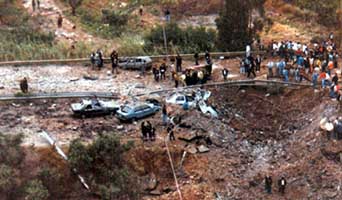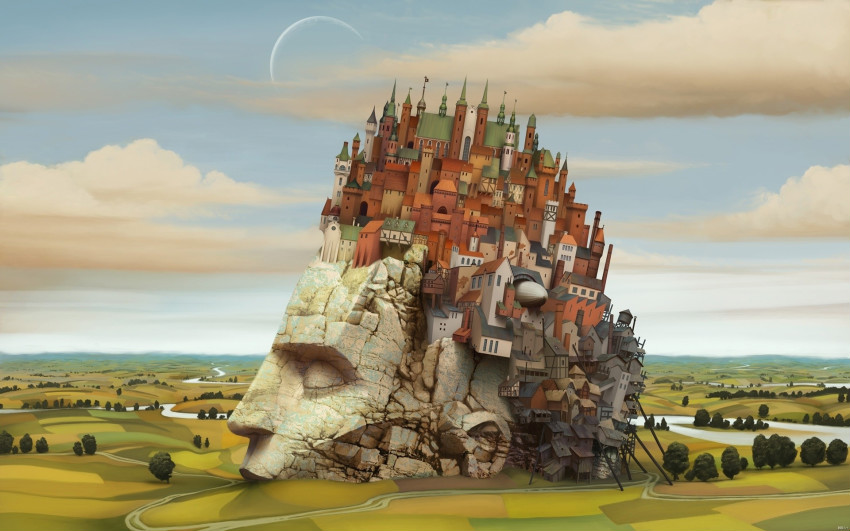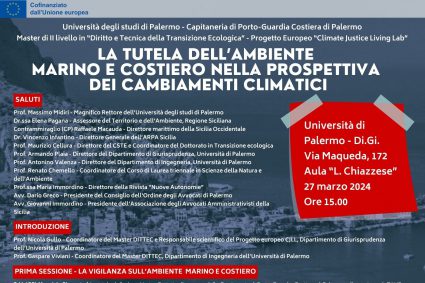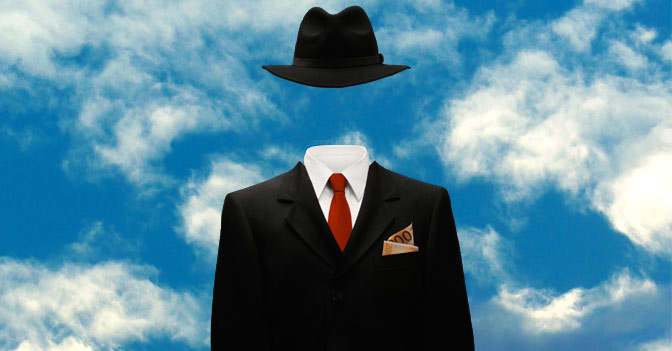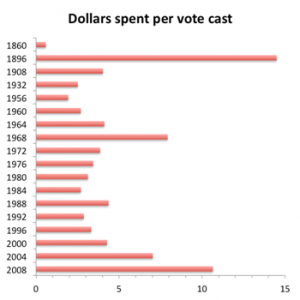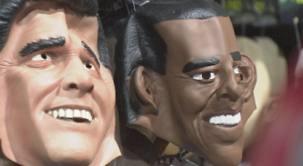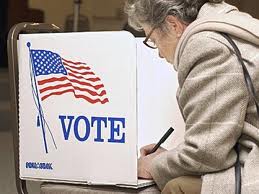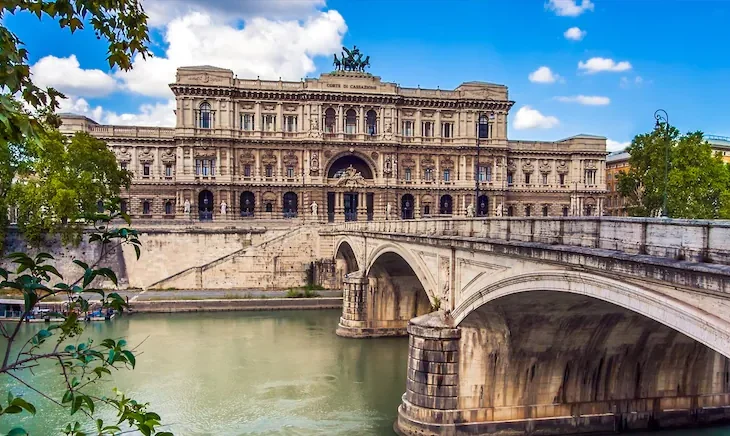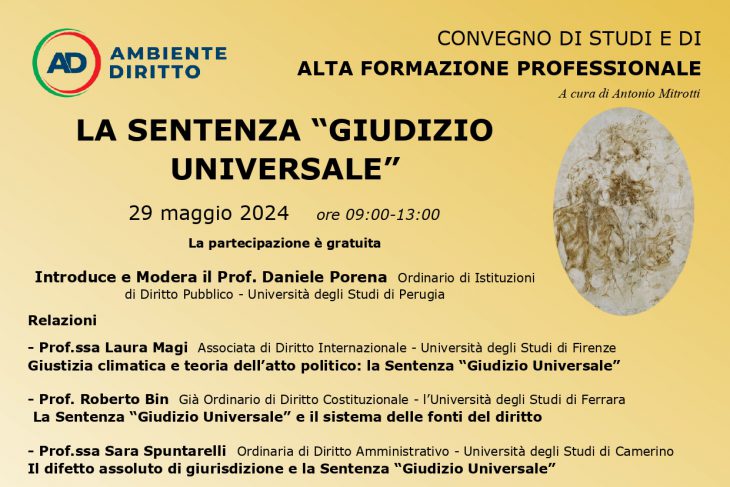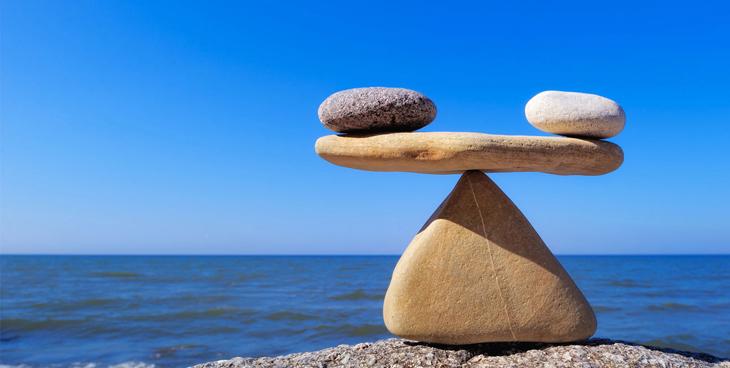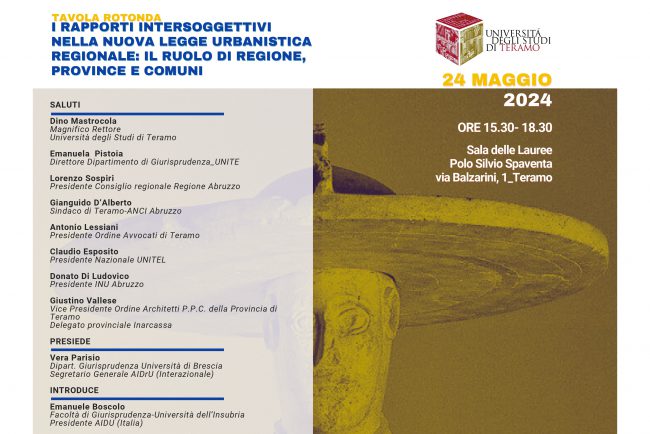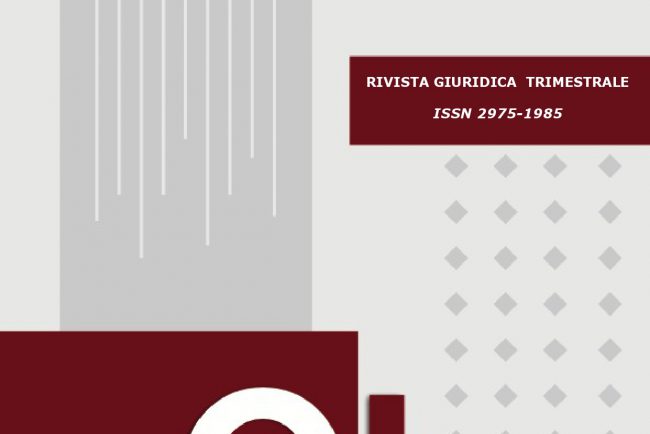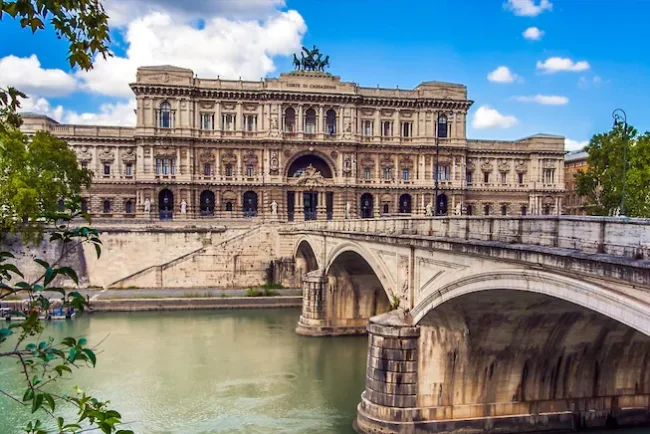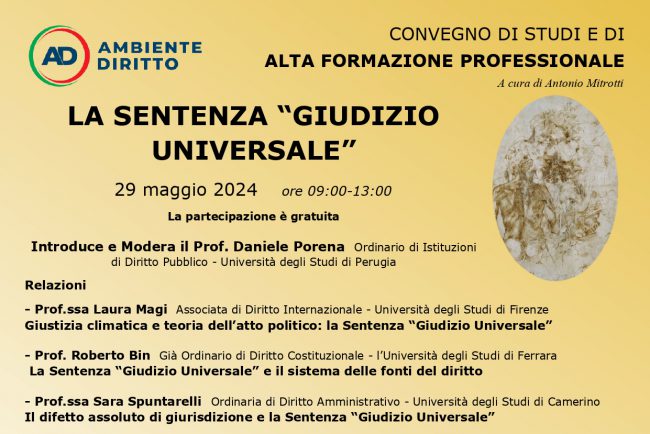 By Joe Di Mento – The November elections in the United States [to be more precise the ongoing elections as in some states citizens are already casting ballots] are projected to easily be the most expensive in United States history.
By Joe Di Mento – The November elections in the United States [to be more precise the ongoing elections as in some states citizens are already casting ballots] are projected to easily be the most expensive in United States history.
The projections are for spending of up to $5.8 Billion for all federal presidential, senate, and house campaigns and over $2 billion for the Presidential campaign itself. The Center for Responsive Politics has estimated that total cost of the 2012 elections could approach $6 billion. [Actually tabulating the final costs may prove to be a bit difficult as there are some tax exempt vehicles for making campaign contributions that need not be disclosed.]
The Washington Post reported that as of last week President Obama, GOP [Republican] nominee Mitt Romney, and the “super PACs” [political action committees] that support their campaigns have raised hundreds of millions of dollars and are on track to meet the $2 billion figure by Election Day. Then the breakdown was: the Democrats and President Obama had raised $779 million and spent $612 million. The Republicans and Mitt Romney had raised $784 million and spent $534 million.
Given the numbers I reported in my last column describing the relatively small percentages of American who actually vote that is a considerable cost per vote. Exactly how much? Mother Jones reported that the cost, in real terms, of winning the presidency has increased dramatically over the years. The Mother Jones piece said in the last presidential election cycle Barack Obama spent $730 million. That was two times what George W. Bush spent 4 years earlier and over 260 times what Abraham Lincoln spent in his first election (as measured in 2011 dollars). When the numbers are calculated per voter they, with a few notable exceptions, have not changed dramatically over time as noted in this chart.
Analyzed as a percentage of Gross Nation Product [GDP], the most expensive presidential campaigns were [highest first] in 1896 , 1968, 2008, 1932 , 1908 , 1964, 2004 , 1896, and 1972 . [Source Enik Rising blog http://enikrising.blogspot.com/2012/02/spending-on-presidential-elections.html ]
Several reasons help explain the large amounts raised this cycle. For the first time since the public financing system was employed in 1976, neither candidate accepted public funds for the general election nor the spending limits that come with them. Secondly, in a notorious decision the United States Supreme Court two years ago in Citizens United v. Federal Election Commission held that the First Amendment prohibited the government from restricting independent political expenditures by unions and corporations. Political spending was found to be constitutionally protected speech. Thus corporations and unions may try to persuade voters through means, including advertisements, to vote the way they advocate. In the words of the Court:
No sufficient governmental interest justifies limits on the political speech of nonprofit or for-profit corporations.
Third, the intensity of feelings in this campaign, while difficult to scientifically substantiate, is extraordinarily high. The differences in positions on several issues fundamental to some voters are dramatic and people are willing to spend considerable sums to preserve or change laws and policies on: health care, same sex marriage, campaign financing itself, tax rates, and the role of the federal government in general.
There is also a lot of money to be spent despite the recent economic doldrums in the United States. The super-rich remain rich, perhaps some slightly less than a few years ago but able to give millions of their own money to their Political Action Committees [PACS] and favorite candidates. The Democrats who had been reluctant to create super PACS have now entered into this form of campaign support. In some cases individuals are giving up to $2 million dollars. Trial lawyers, Hollywood celebrities, hedge fund managers, and unions, are opening their wallets with major contributions, and President Clinton and Mayor Rahm Emanuel of Chicago are now leading important funding activities. President Obama does not accept contributions from lobbyists or political action committees but these Super PACS can and do.
Republican super PACs have attracted major contributions from hedge fund managers, Wall Street firms, federal contractors, coal and oil interests, and others.
A new source of major funds is the Indian nations. The Indian casino industry is now valued at over $25 billion and tribes are making generous contributions, especially recently to President Obama. (Los Angeles Times September 25, 2012).
Much of the money raised will be focused on advertising in the swing states which I described in our last column. When the cost per undecided vote in these ten to twelve states is considered, the numbers can be staggering. Astronomical campaign spending has not always decided elections as several well funded multi-millionaire candidates for the U.S. Senate and state governorships have learned in their losses over the years. But the money raised is so much this cycle and so similar between the parties that it will be difficult to know to what extent heavily funded advertising made a decisive difference.


